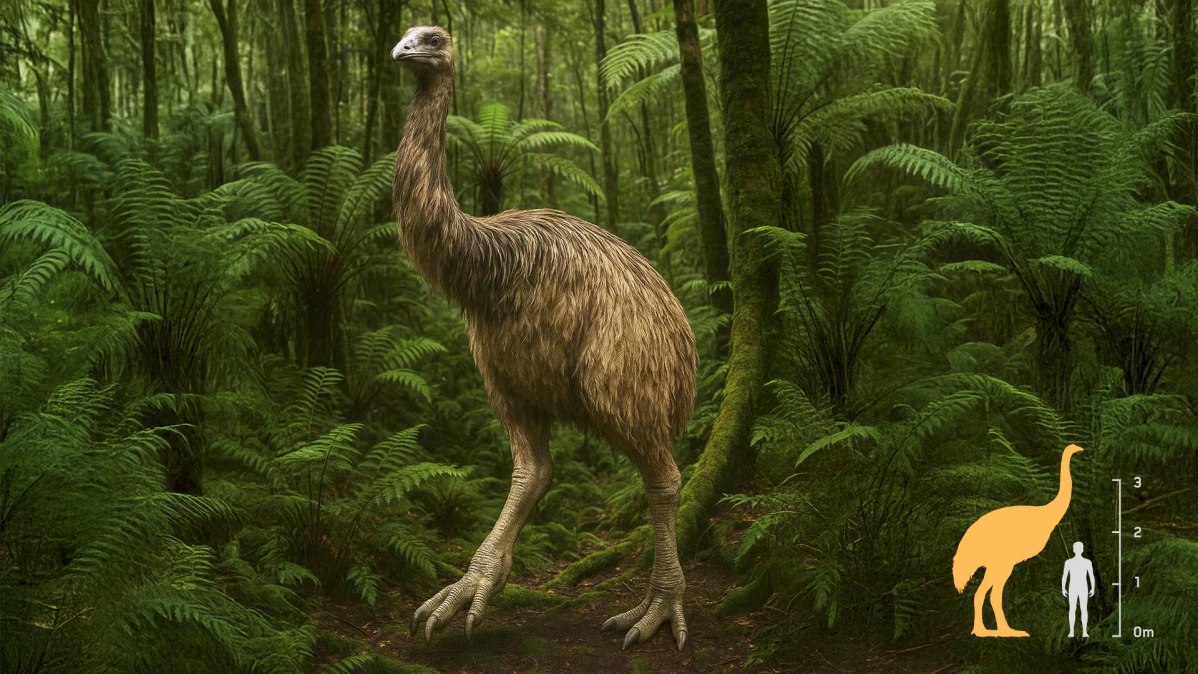Yes, the director of Lord of the Rings is backing a wild science project, and it’s not a movie plot.
Peter Jackson, the famous filmmaker behind The Lord of the Rings, has a surprising passion: extinct birds. Specifically, the moa, a giant flightless bird that once roamed New Zealand. These birds could grow up to 12 feet tall, and they’ve been extinct for over 600 years, mostly due to overhunting.
Now, Jackson is teaming up with Colossal Biosciences, a Texas-based biotech company that is known for trying to “de-extinct” animals like the woolly mammoth and dire wolf. With $15 million in funding from Jackson and his partner Fran Walsh, they’re setting their sights on bringing the moa back, or at least creating a genetically similar bird.

How does it work?
The idea is to extract DNA from well-preserved moa bones, compare it to the DNA of living birds (like emus and tinamous), and figure out what made the moa unique. Then, using CRISPR gene editing, scientists could modify the DNA of living birds to resemble the extinct moa.
But this is still very early. As Colossal’s lead scientist Beth Shapiro said, working with birds is trickier than mammals because bird embryos grow in eggs, and IVF isn’t an option here. There are still a ton of hurdles before anything moa-like hatches.
Is this even a good idea?
Some scientists are skeptical. Ecologist Stuart Pimm warns that even if they manage to create a bird that looks like a moa, where would it live? Could it survive in today’s world? And more importantly, would it be safe? Moa were huge and powerful. Pimm calls them “extremely dangerous animals.”
Still, the project has sparked interest, especially among Māori scholars in New Zealand. They’re helping guide the cultural and ethical direction of the work, drawing on traditional stories and ancient art that still show moa in rock carvings.

Jackson, who owns 300–400 moa bones, says it’s not just about science. It’s about reconnecting with a piece of New Zealand’s past.











Leave a Reply